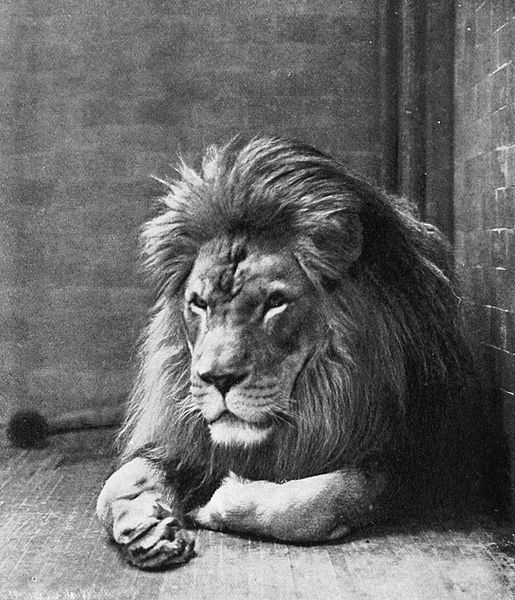In a twist on the Lion King’s “Circle of Life,” a group of researchers identified a population of genetically distinct lions—in a zoo. The finding came after an Addis Ababa zoo asked researchers in its sister city of Leipzig to help prove that their lions not only looked unusual, but were genetically unique. The finding would help the struggling zoo to obtain funding to continue breeding the lions and to improve their living conditions.

The Addis Ababa zoo lions have dark manes and small bodies, unlike other African lions. But life in captivity can sometimes influence appearance. A team of researchers, led by the Max Planck Institute for Evolutionary Anthropology in Germany and the University of York in the UK, checked to see if the lions really are different by comparing DNA samples of 15 lions from the zoo to six populations of wild lions.
Their genetic analysis revealed that the gene sequence of all fifteen lions were unique and showed little sign of inbreeding. The study was recently published in the European Journal of Wildlife Research.
The zoo’s lions belonged to Ethiopia’s deceased emperor, Haile Selassie, who established the zoo in 1948. But their origins are unknown. One theory is that the seven founder lions—five males and two females—came from southwestern Ethiopia. Wild lions that look like this may no longer live there because their strikingly dark mane proved too alluring to hunters.

“Since the wild source population is unknown, we cannot be sure whether it still exists,” says lead author Susann Bruche. “Lions with similar appearance have been largely diminished mainly due to hunting for their mane.”
Bruche says that according to the Ethiopian authorities, lions that resemble the zoo lions still exist in the east and northeast of the country, in the Babille Elephant Sanctuary and in a wildlife rescue facility in Ensessakotteh.
This isn’t the first lion population to survive only in zoos. Two significant lion populations, the North African Barbary lions and the South African Cape lions, have already become extinct in the wild. As Ethiopia’s population of lions declines, “Every effort should be made to maintain this population to keep the genetic heritage alive,” says Bruche.

Construction work is currently underway in the Addis Ababa zoo to create a facility modeled on the lions’ natural environment. The zoo will continue to breed the lions to keep the population alive.
不知道這些獅子有關連巴巴里獅子(巴巴里獅子在野外滅絕了)

巴巴里獅子在紐約動物園1897:
 |